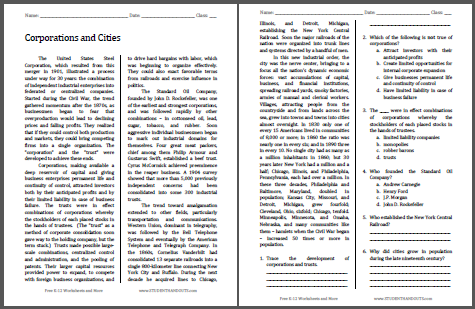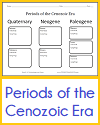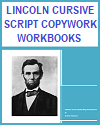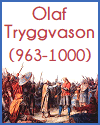| Corporations and Cities Reading with Questions |
|---|
| www.studenthandouts.com ↣ American History ↣ American History Readings with Questions |
 The United States Steel Corporation, which resulted from this merger in 1901, illustrated a process under way for 30 years: the combination of independent industrial enterprises into federated or centralized companies. Started during the Civil War, the trend gathered momentum after the 1870s, as businessmen began to fear that overproduction would lead to declining prices and falling profits. They realized that if they could control both production and markets, they could bring competing firms into a single organization. The "corporation" and the "trust" were developed to achieve these ends.
The United States Steel Corporation, which resulted from this merger in 1901, illustrated a process under way for 30 years: the combination of independent industrial enterprises into federated or centralized companies. Started during the Civil War, the trend gathered momentum after the 1870s, as businessmen began to fear that overproduction would lead to declining prices and falling profits. They realized that if they could control both production and markets, they could bring competing firms into a single organization. The "corporation" and the "trust" were developed to achieve these ends.Corporations, making available a deep reservoir of capital and giving business enterprises permanent life and continuity of control, attracted investors both by their anticipated profits and by their limited liability in case of business failure. The trusts were in effect combinations of corporations whereby the stockholders of each placed stocks in the hands of trustees. (The "trust" as a method of corporate consolidation soon gave way to the holding company, but the term stuck.) Trusts made possible large-scale combinations, centralized control and administration, and the pooling of patents. Their larger capital resources provided power to expand, to compete with foreign business organizations, and to drive hard bargains with labor, which was beginning to organize effectively. They could also exact favorable terms from railroads and exercise influence in politics. The Standard Oil company, founded by John D. Rockefeller, was one of the earliest and strongest corporations, and was followed rapidly by other combinations – in cottonseed oil, lead, sugar, tobacco, and rubber. Soon aggressive individual businessmen began to mark out industrial domains for themselves. Four great meat packers, chief among them Philip Armour and Gustavus Swift, established a beef trust. Cyrus McCormick achieved preeminence in the reaper business. A 1904 survey showed that more than 5,000 previously independent concerns had been consolidated into some 300 industrial trusts. The trend toward amalgamation extended to other fields, particularly transportation and communications. Western Union, dominant in telegraphy, was followed by the Bell Telephone System and eventually by the American Telephone and Telegraph company. In the 1860s, Cornelius Vanderbilt had consolidated 13 separate railroads into a single 800-kilometer line connecting New York City and Buffalo. During the next decade he acquired lines to Chicago, Illinois, and Detroit, Michigan, establishing the New York Central Railroad. Soon the major railroads of the nation were organized into trunk lines and systems directed by a handful of men. In this new industrial order, the city was the nerve center, bringing to a focus all the nation's dynamic economic forces: vast accumulations of capital, business, and financial institutions, spreading railroad yards, smoky factories, armies of manual and clerical workers. Villages, attracting people from the countryside and from lands across the sea, grew into towns and towns into cities almost overnight. In 1830 only one of every 15 Americans lived in communities of 8,000 or more; in 1860 the ratio was nearly one in every six; and in 1890 three in every 10. No single city had as many as a million inhabitants in 1860; but 30 years later New York had a million and a half; Chicago, Illinois, and Philadelphia, Pennsylvania, each had over a million. In these three decades, Philadelphia and Baltimore, Maryland, doubled in population; Kansas City, Missouri, and Detroit, Michigan, grew fourfold; Cleveland, Ohio, sixfold; Chicago, tenfold. Minneapolis, Minnesota, and Omaha, Nebraska, and many communities like them – hamlets when the Civil War began – increased 50 times or more in population. Click here to print. Answer Key: (1) Answers will vary; (2) B - Create limited opportunities for internal corporate expansion; (3) D - trusts; (4) D - John D. Rockefeller; (5) Cornelius Vanderbilt; (6) Answers will vary. |
 |  |  |  |  |  |
| www.studenthandouts.com ↣ American History ↣ American History Readings with Questions |








